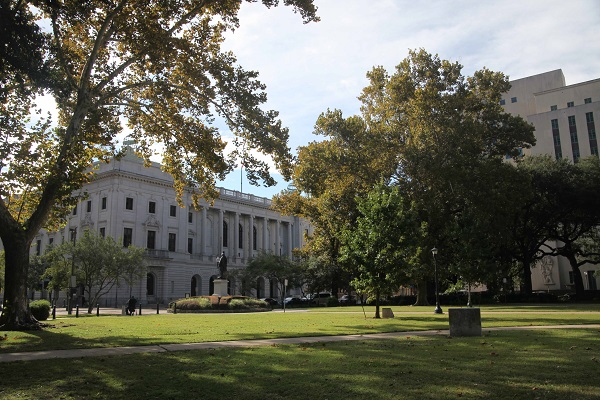

- #EVERY FIFTH CIRCUIT COURT OF APPEALS CASE HOW TO#
- #EVERY FIFTH CIRCUIT COURT OF APPEALS CASE SERIES#

In the citation of a case, denial of "cert" is indicated by the phrase, in italics: cert. The technical response is an order from the Supreme Court telling you that your application for a writ of certiorari has been denied. In almost all cases, the answer to your application for review is “no”. This means the Court agrees to look at your case: it does not mean you won the appeal. In rare cases, the “writ” is issued, called “certiorari” because it directs the lower court to cough up a “certified” record of the case. First you have to apply to have the Court even consider your case. Review by the Supreme Court is by “ writ of certiorari”. The Supreme Court, however, does not have to take your case. If you are a party to a federal appeal, and you are unhappy with the result, you still have one more level to appeal to: the United States Supreme Court. Samsung Electronics, Inc., 971 F.2d 1395 (9th Cir. Putting it all together (in the accepted “right” order) you get something like: Samsung Electronics, Inc.Īnd finally, in parentheses, you specify which circuit court, and the year the opinion was entered: You also have to add the names of the parties in italics (or underline, if you have been transported by time machine back to the days when people used a typewriter and didn’t have italics) for example: White v. Thus, all official federal cases can be cited in the form, like so: Though West has increased competition in the electronic publishing field, West has no competition in printing hard copies of federal cases.
#EVERY FIFTH CIRCUIT COURT OF APPEALS CASE SERIES#
The “Federal” reporter series are all by West Publishing Company. The series are cited by abbreviations “F.”, “F.2d” and “F.3d”.
/https://static.texastribune.org/media/images/2017/11/15/TRIBUNE_JUDGES_AS_TT.jpg)
That series ended in the 1990's and was followed by a “Third Series”. The series long ago exceeded 999 volumes, but rather than going to four-digit volume numbers, a “Second Series” was started. The numbers refer to the volume and pages of an official law books where the opinion was printed.įederal circuit court opinions are published in a series of law books called the “Federal Reporter". This write up is about the federal judiciary. In a particular state system, the "circuit" court might be your local district court. Note: as part of the obfuscation which assures that teams of well paid professionals are needed to assert or defend legal rights, all of this nomenclature is different in the judiciary systems of the individual states. These get appealed to the " Federal Circuit" court of appeals. There are some federal courts that are not geographically based, but instead handle particular kinds of cases. The “ First Circuit” is New England, the “ Second Circuit” is New York, and the Pacific states are in the “ Ninth Circuit”. Most of the "circuits" cover regions or groups of states, and are numbered “one” through “eleven”. Most of the appeals courts cover a group of district courts, called a “circuit”. The current system has two layers: district courts where cases are filed, litigated and tried, and appeals courts. The United States Constitution gave Congress considerable flexibility in setting up federal courts below the Supreme Court. These are called, for example, "The United States Court of Appeals for the Tenth Circuit", or informally, "the Tenth Circuit". Courts of Appeals, which cover the territories the circuit riders once covered, still exist, and are still identified with the old circuits. District courts are no longer covered by roving judges so there are no "circuit courts" anymore. This term is an artifact from the days when the judges would move from place to place, holding court in different locations. Some of the United States appeals courts are identified with particular "circuits", but they are not technically "circuit courts".
#EVERY FIFTH CIRCUIT COURT OF APPEALS CASE HOW TO#
(Compare: How to cite a United States Supreme Court Case)


 0 kommentar(er)
0 kommentar(er)
